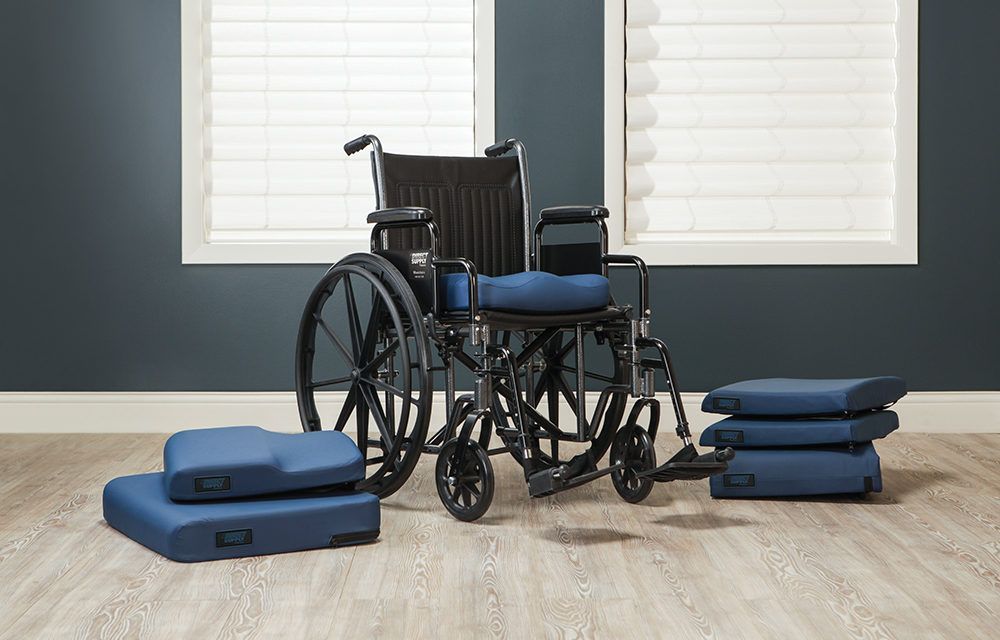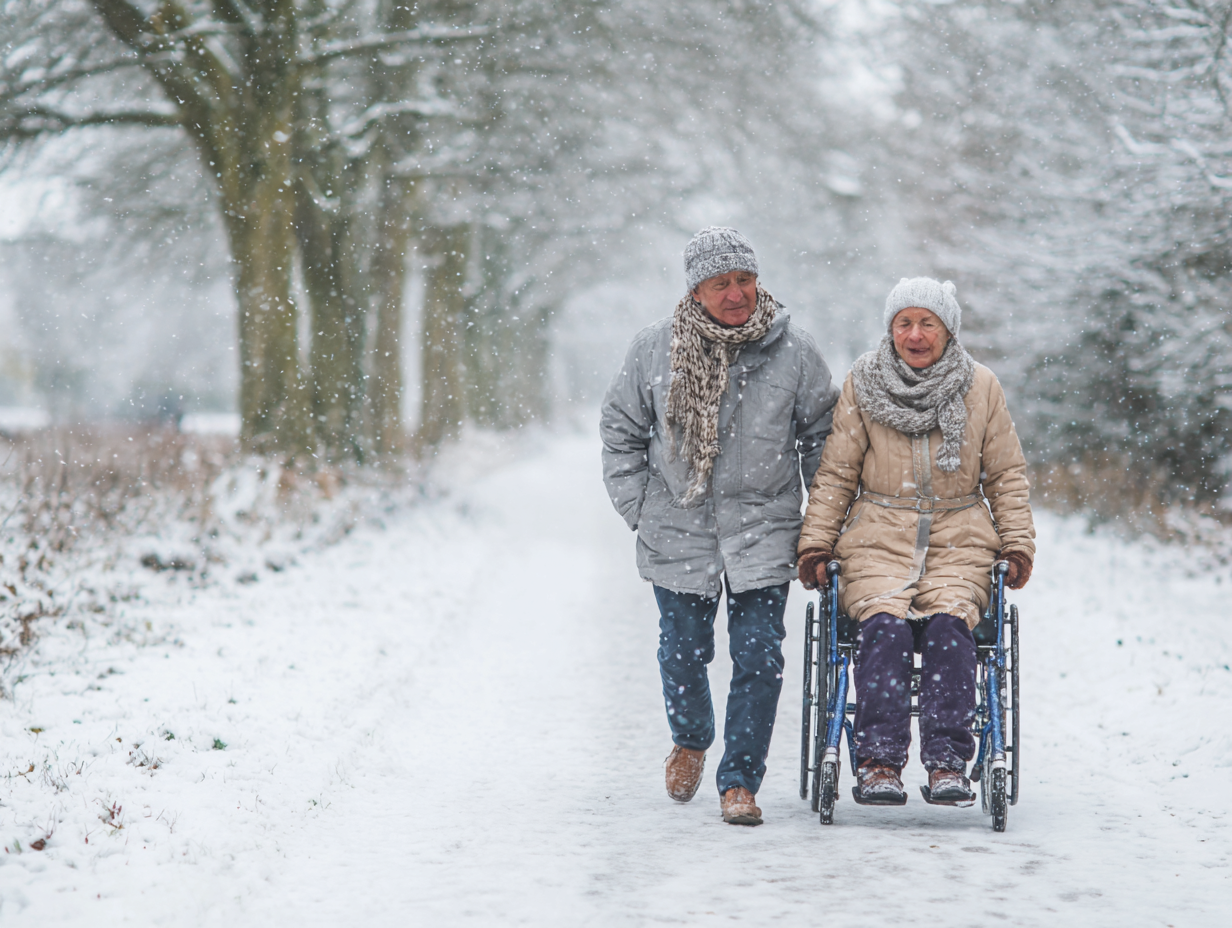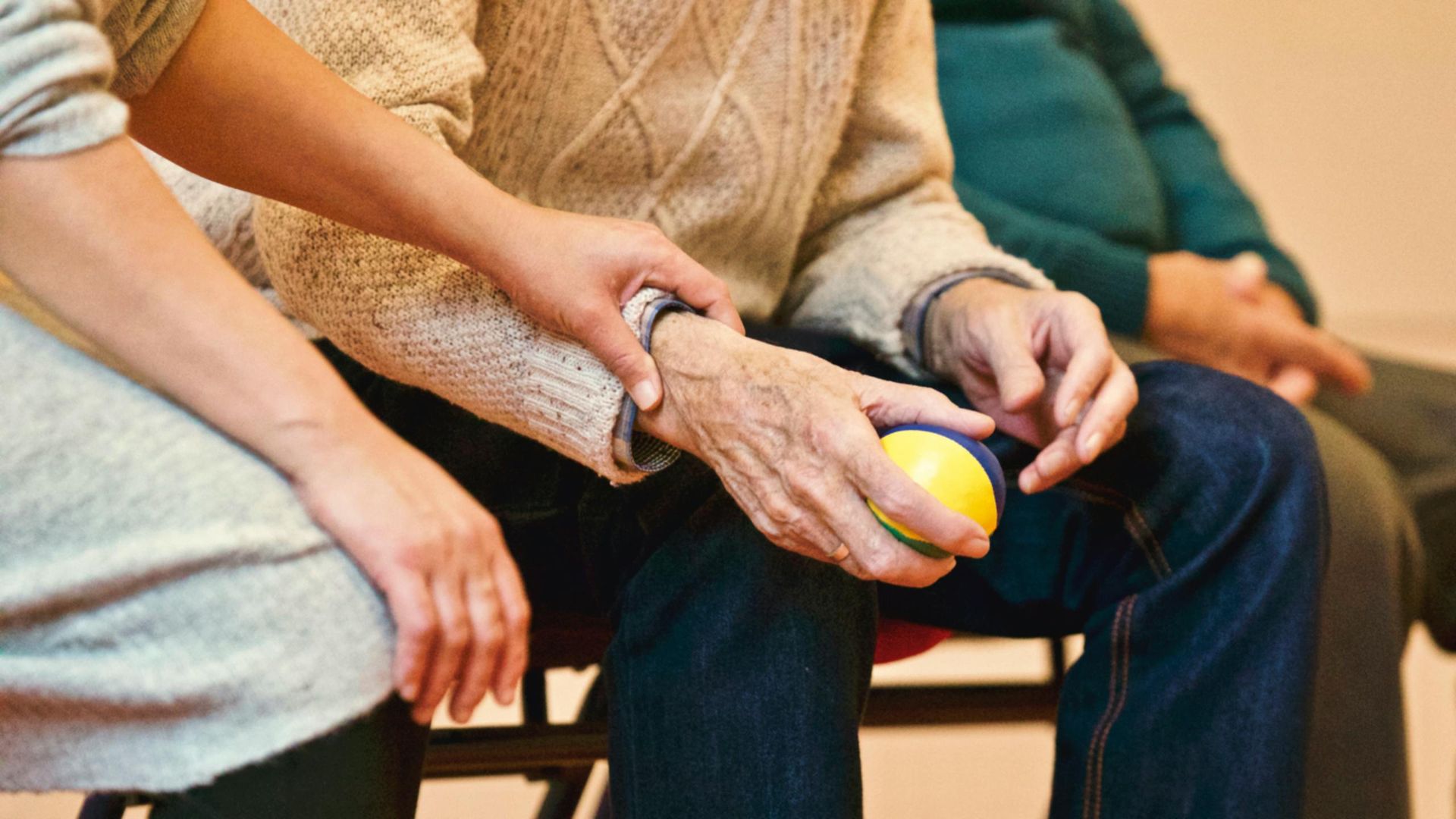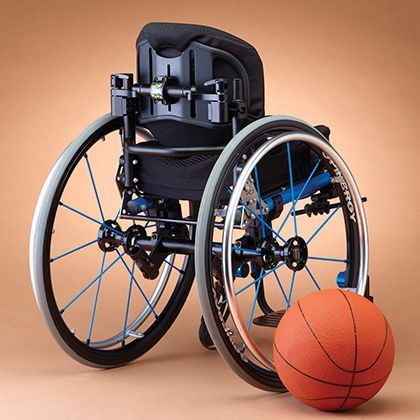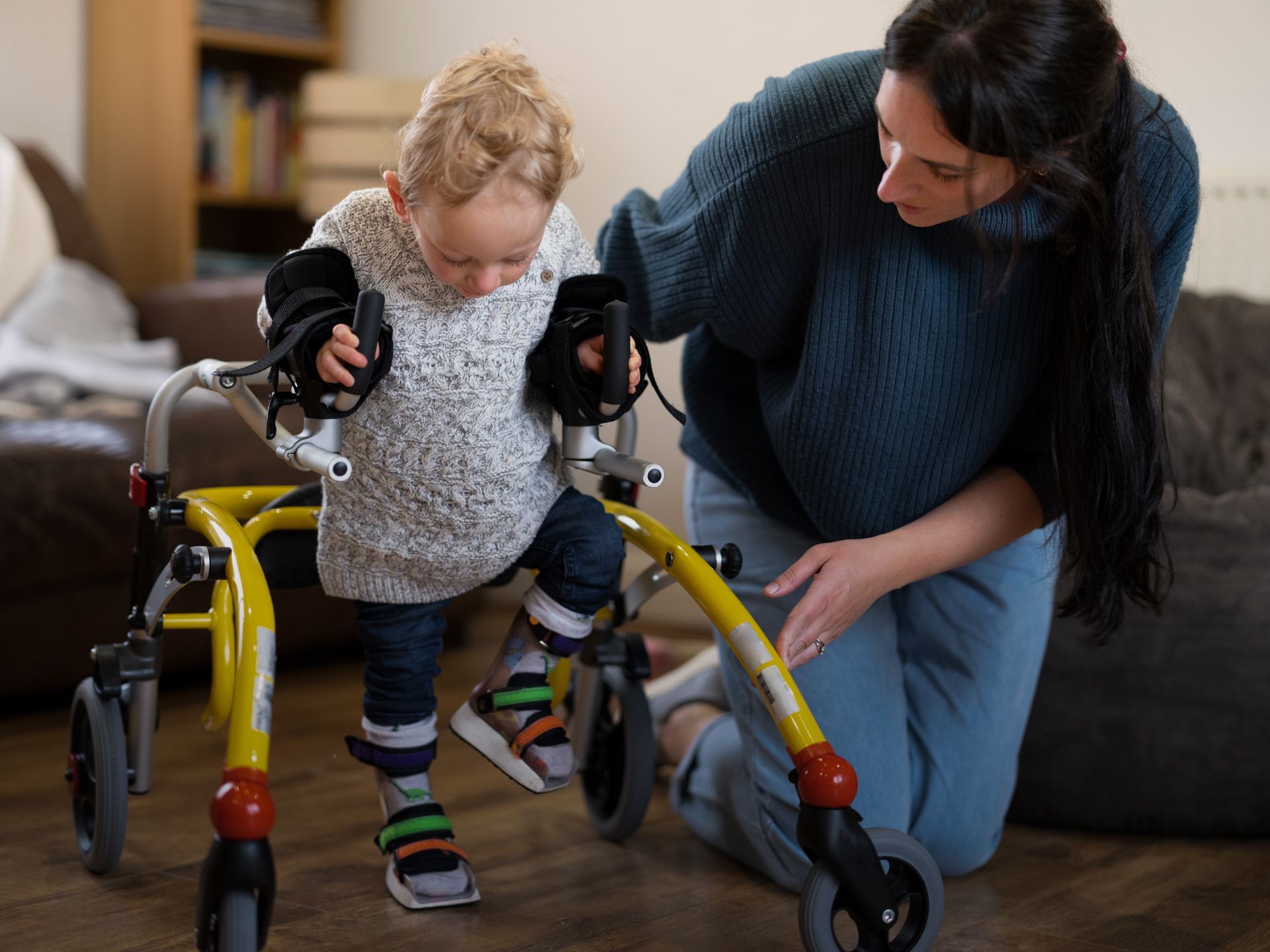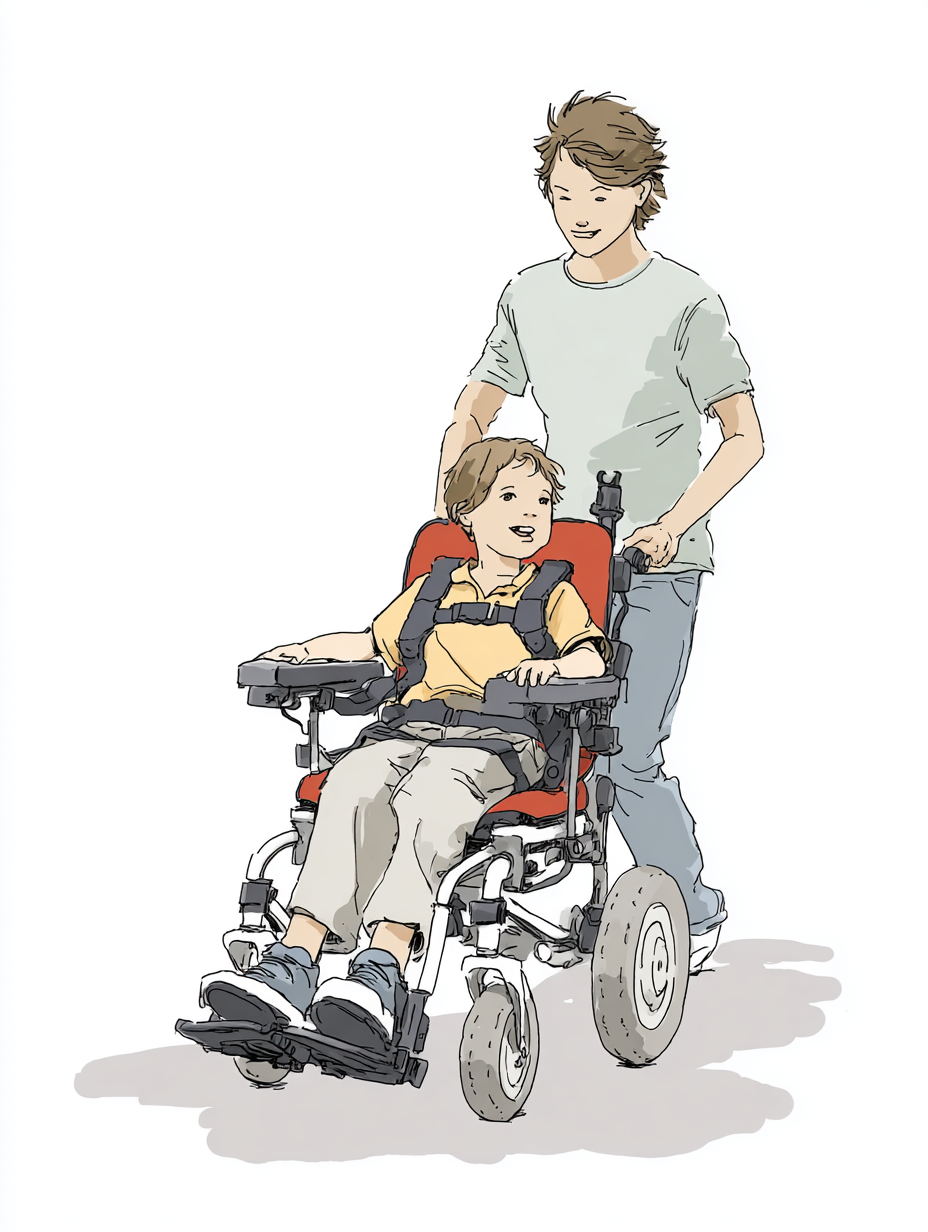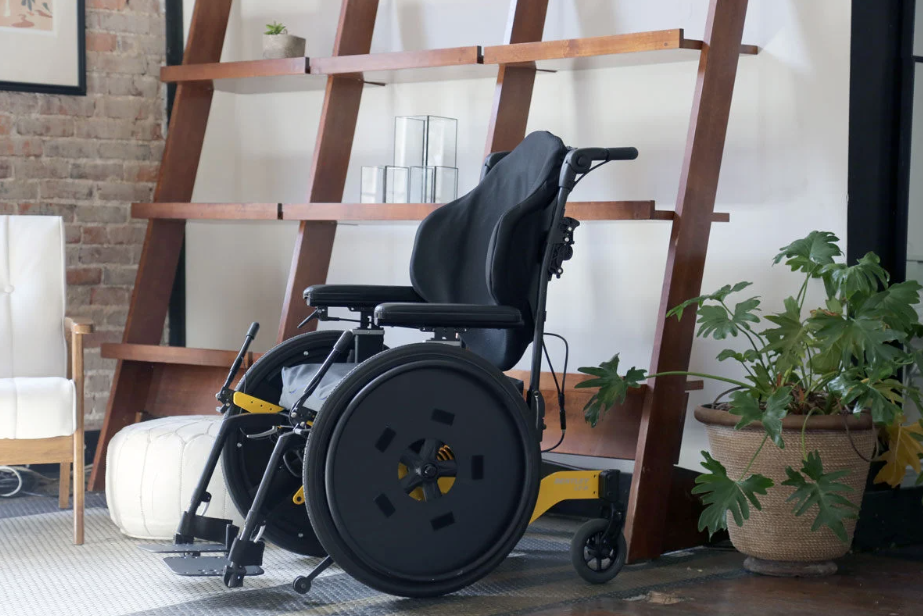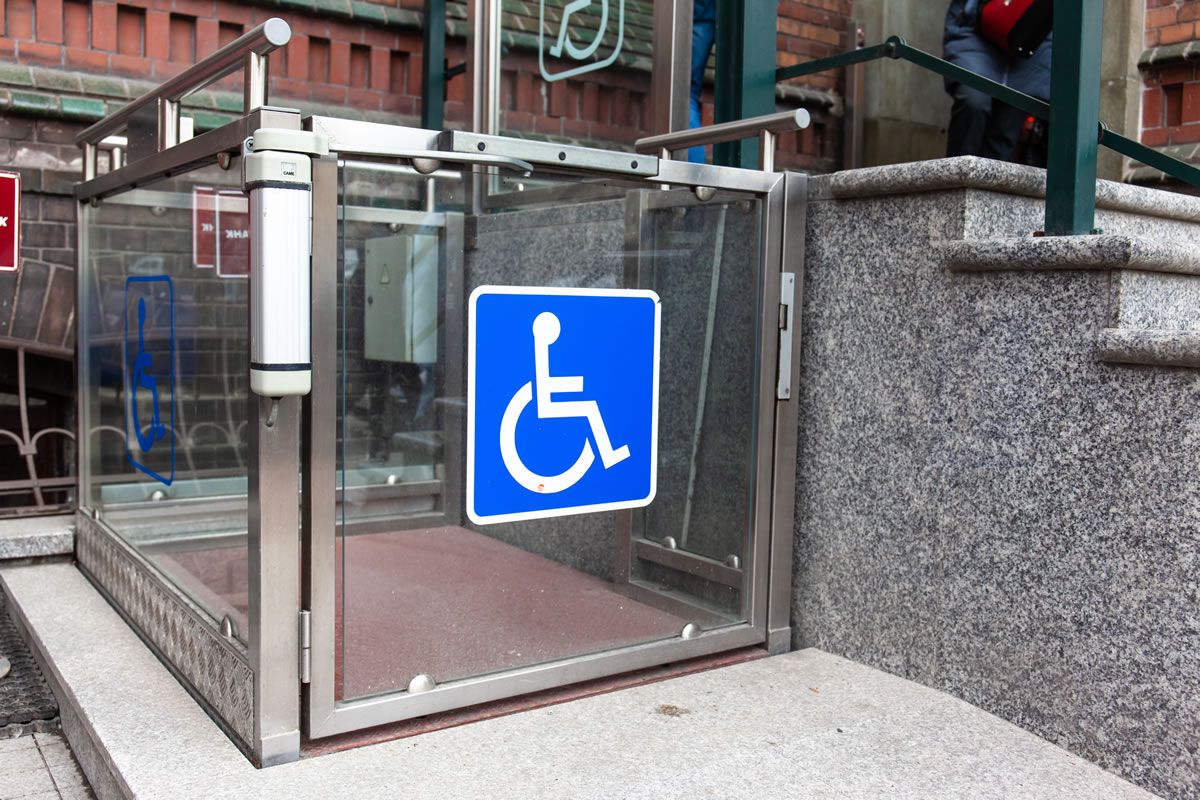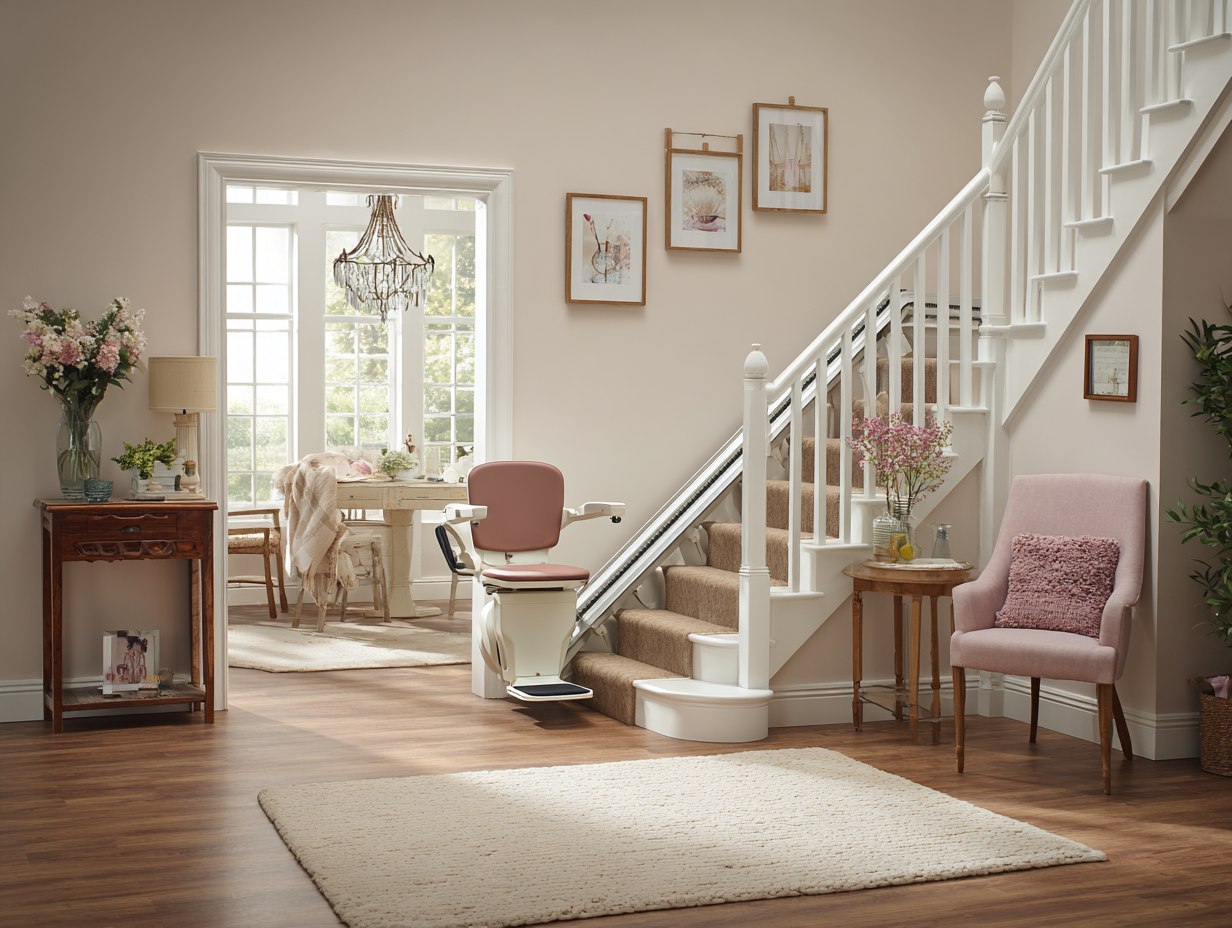Essential Daily Living Aids for Safer, Easier Care at Home
For individuals with mobility challenges, chronic conditions, or age-related limitations, daily routines can sometimes feel more like daily obstacles. From dressing and bathing to cooking and moving around safely, even small tasks can become difficult without the right tools and support.
That’s where daily living aids come in. Practical, thoughtfully designed devices that make everyday life easier, safer, and more independent. These tools can transform not just how people manage at home, but also helps to make them feel more confident, capable, and in control.
At Universal Health Products, we specialize in connecting families across Windsor and Ontario with essential home healthcare equipment designed to support independence and comfort. In this guide, we’ll explore the most effective daily living aids available, how they benefit both users and caregivers, and what to consider when choosing the right solutions for your home.

What Are Daily Living Aids?
Daily living aids are tools and devices that help individuals perform everyday activities more easily and safely. They range from simple tools like reachers and grab bars to advanced equipment like transfer benches, shower chairs, or adaptive utensils.
These products are designed with accessibility, safety, and comfort in mind. Whether you’re living with reduced strength, flexibility, or mobility, daily living aids can bridge the gap, with the goal ofmaking home life more manageable and empowering.
Why Daily Living Aids Matter
For people recovering from surgery, managing chronic illnesses, or aging in place, maintaining independence is vital. Daily living aids support this by:
- Improving safety: Reducing the risk of falls, slips, or overexertion.
- Enhancing independence: Allowing users to complete more tasks without assistance.
- Supporting caregivers: Making daily routines less physically demanding for family or professional caregivers.
- Boosting confidence: Helping individuals feel more self-sufficient and capable.
When properly selected and installed, these products not only improve quality of life but can also reduce the likelihood of hospital visits and long-term injuries.
Top Categories of Daily Living Aids
1. Bathroom Safety Equipment
Bathrooms are one of the most common places for slips and falls, especially for seniors and people with mobility limitations. A few simple additions can make all the difference:
- Grab bars: Installed near toilets, tubs, and showers to provide support when standing or sitting.
- Shower chairs and transfer benches: Offer safe, stable seating to reduce the risk of slipping on wet surfaces.
- Raised toilet seats: Minimize bending and strain for users with hip or knee issues.
- Non-slip mats: Essential for preventing falls, especially in tiled or wet areas.
These tools allow for safer hygiene routines and greater independence with personal care.
2. Bedroom and Sleep Aids
The bedroom should be a place of rest, not risk. A few supportive products can improve comfort and safety at night:
- Bed rails: Offer security and stability when getting in or out of bed.
- Adjustable beds: Make it easier to sit up, rest, or transfer to a wheelchair.
- Overbed tables: Perfect for reading, meals, or medication while in bed.
- Pressure-relief mattresses and cushions: Prevent sores and improve comfort during prolonged rest.
Small changes in the bedroom can significantly improve safety, sleep quality, and ease of caregiving.
3. Mobility and Transfer Aids
Getting from one place to another safely is essential for maintaining independence. Popular mobility-related aids include:
- Transfer boards: Assist with moving between a wheelchair and bed, car, or chair.
- Reachers and grabbers: Help users pick up items from the floor or high shelves without straining.
- Walking canes and rollators: Offer balance and stability for those who need extra support while walking.
- Standing aids: Provide leverage when rising from a seated position, reducing caregiver strain.
For users already using wheelchairs or scooters, pairing them with transfer aids can make daily routines far easier.
4. Kitchen and Dining Aids
Cooking and eating can become difficult for those with limited grip strength or hand coordination, but adaptive kitchen tools make these tasks simpler:
- Non-slip mats and utensil grips: Help users stabilize items while preparing meals.
- Ergonomic utensils: Designed for easy handling by users with arthritis or limited dexterity.
- Adaptive cups and plates: Prevent spills and make eating independently easier.
- Jar and bottle openers: Reduce strain on the hands and wrists.
These simple yet effective products can restore confidence in cooking and dining routines.
5. Dressing and Personal Care Aids
Independence extends beyond mobility, it’s also about personal dignity. Dressing aids can help individuals maintain privacy and confidence:
- Long-handled shoehorns: Eliminate the need to bend over.
- Button hooks and zipper pulls: Make getting dressed easier for those with limited fine motor skills.
- Elastic shoelaces: Turn regular shoes into slip-ons for convenience.
- Reachers: Assist with pulling on clothing or adjusting footwear without help.
These products are small but life-changing for people with arthritis, limited hand function, or flexibility challenges.
How Daily Living Aids Support Caregivers
While these tools directly assist users, they also make life easier for caregivers. Reducing physical strain during lifting, transferring, or assisting with hygiene helps prevent injuries and burnout.
For example:
- Transfer boards eliminate awkward lifting.
- Shower chairs make bathing safer and less stressful.
- Bed rails prevent nighttime falls without constant supervision.
By integrating assistive tools, caregivers can focus more on emotional support and companionship rather than physical assistance.
Creating a Safe and Accessible Home
Choosing the right daily living aids begins with identifying specific needs and evaluating each room for accessibility. Here’s a step-by-step approach:
- Assess mobility and strength levels.
Determine which activities require support (bathing, walking, dressing, etc.). - Prioritize safety hazards.
Look for risks such as slippery surfaces, sharp corners, or hard-to-reach items. - Consult professionals.
Occupational therapists or mobility specialists can recommend tailored solutions. - Choose quality products.
Always buy from reputable home health care stores like Universal Health Products that provide professional advice, installation, and after-sale support. - Plan for future needs.
Consider equipment that adapts over time, especially for progressive conditions.
Why Buy from a Local Home Health Care Store?
When it comes to mobility and accessibility products, professional guidance matters. Buying online might seem convenient, but local providers like Universal Health Products ensure you receive the right equipment, fitted properly and backed by expert service.
With UHP, you’ll benefit from:
- Personalized recommendations based on your home and needs.
- Professional installation and training on safe equipment use.
- Ongoing support for repairs and maintenance.
- ADP funding guidance for Ontario residents who qualify for financial assistance.
As a trusted local supplier, we take pride in helping families create safer, more accessible living spaces with high-quality, long-lasting solutions.
Final Thoughts
Living independently shouldn’t come at the cost of safety. Whether you’re caring for a loved one or seeking support for yourself, daily living aids can make a world of difference — improving comfort, restoring confidence, and enabling independence at home.
From bathroom safety to kitchen tools, Universal Health Products offers everything you need to create a supportive, accessible living environment. Our team is here to help you choose the right solutions that match your lifestyle and budget, ensuring lasting safety and peace of mind.
🌐
Explore our large collection of daily living aids online:
https://www.universalhealthproducts.ca/category/Daily-Living

